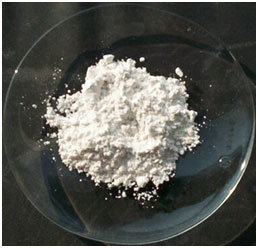Uncategorized
How does Calcium Sulfate compare to Freeze Dried Bone Allograft for Ridge Preservation?
METHODS:
Thirty-one extraction sites were divided into the test group (Calcium Sulfate) and the control group (FDBA). At three months, sites were re-entered, ridge dimensions were measured and bone samples analyzed for new bone formation.
RESULTS:
Minimal change in the vertical ridge height for both groups. Both groups had significant decrease in bucco-lingual ridge width (mean change ~ 1.0 mm) but there was no significant difference between groups. An average of 32% new bone formation for Calcium Sulfate and 16.7% new bone formation for FDBA.
CONCLUSIONS:
Calcium Sulfate is as effective as FDBA in preserving ridge dimensions after extraction. There was more new bone formation and greater graft clearance for the Calcium Sulfate group.
DR. GEBRAEL’S COMMENTS:
A landmark paper that won the M. K. Hine award. Please note that this study excluded cases involving fracture of the buccal plate, dehiscence or fenestration defects.
FOR MORE INFORMATION PLEASE REFER TO:
A clinical and histomorphometric study of calcium sulfate compared with freeze-dried bone allograft for alveolar ridge preservation.
Toloue SM, Chesnoiu-Matei I, Blanchard SB
Journal of Periodontology July 2012.


